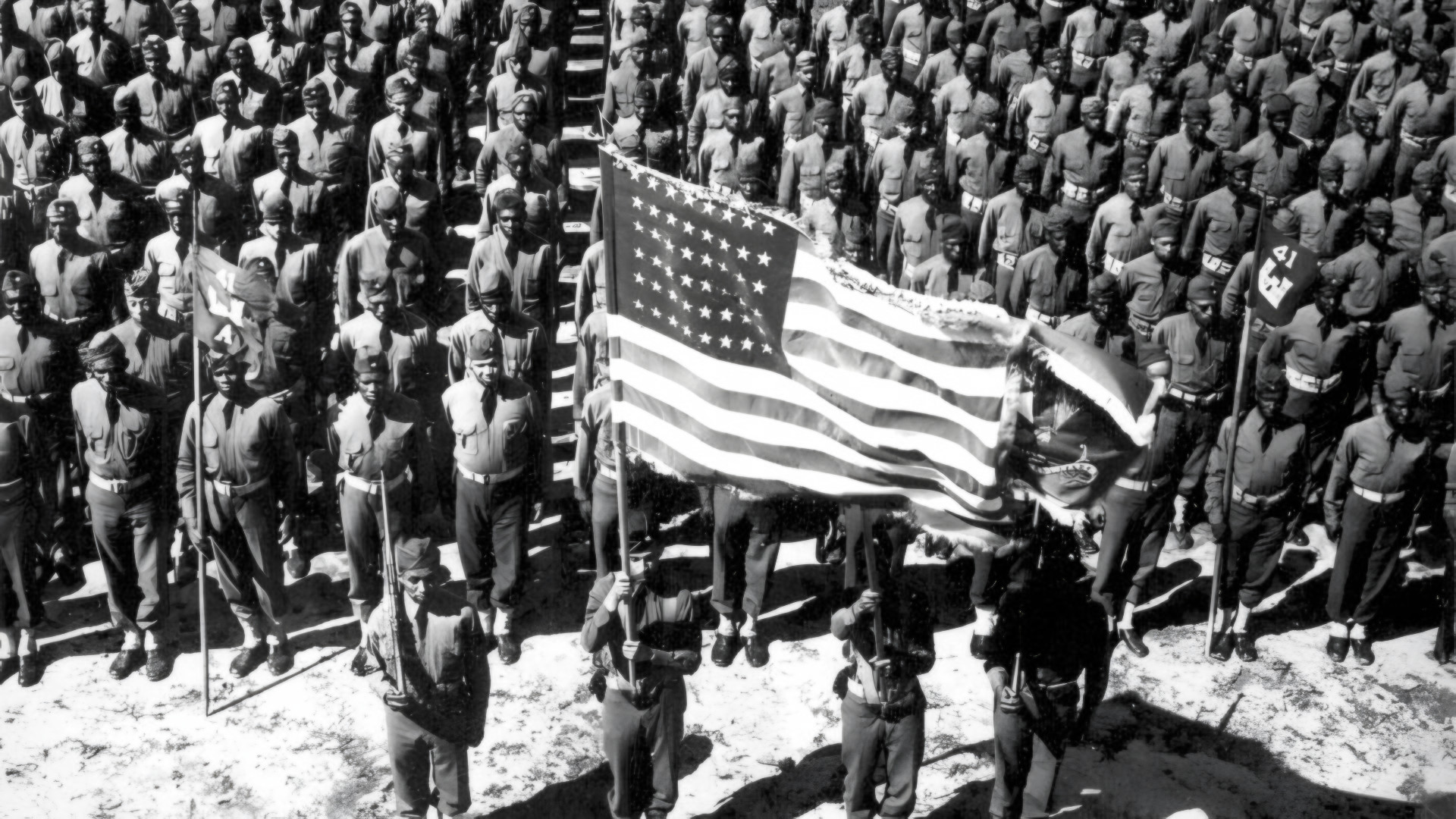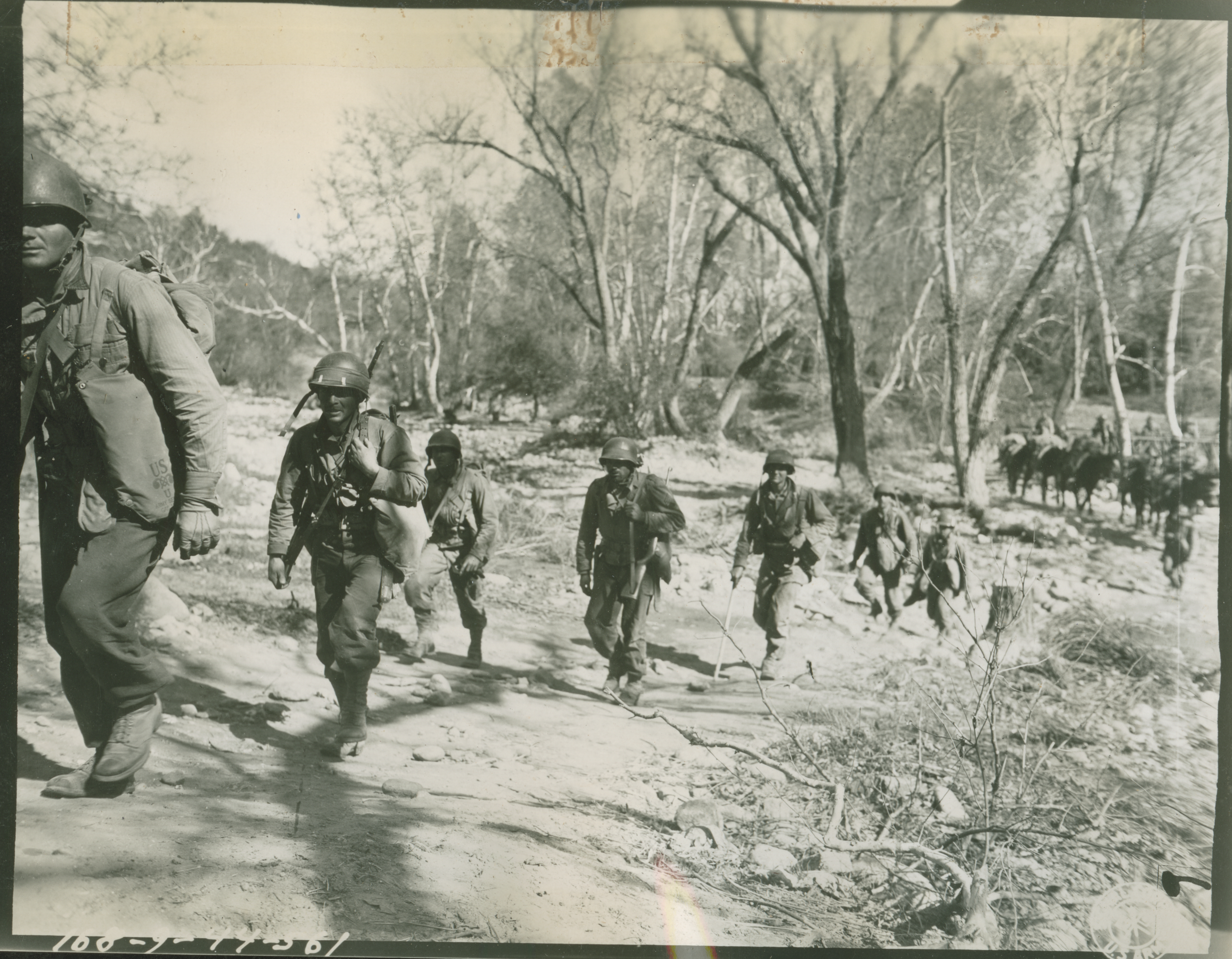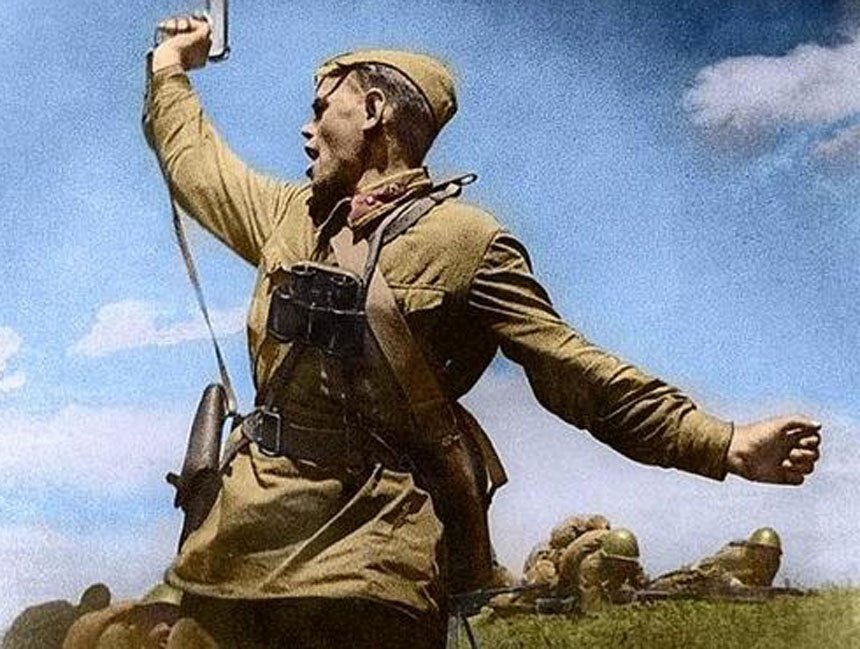So going over WIKIPEDIA: Keep in mind... these are just divisions activated before April 1st 1943 so... yeah.
British Army:
1
AirboUrne Division
11
ArmoUred Divisions
31
Infantry Divisions: This includes some funky units. (I discounted a reserve/training division, the 80th) But this includes the 12th Division "Sudanese Defence Force," the 11th East African Division (formed in February of 1943), and the 81st West African Division
British Indian Army:
1
Parachute Brigade
2 ArmoUred Divisions: 31st and 44th, neither apparently saw combat
16 Infantry Divisions: (34th only served as a garrison for Ceylon)
Australian Army:
2 ArmoUred Divisions: (both were in the process of disbanding, as was a third one disbanded in February of 1943)
12 Infantry Divisions: (including the Northern Territory Defence Force)
Canadian Army (Eh!):
2 ArmoUred Divisions
7 Infantry Divisions: (three were home defence, with one being WW1 Militia and one used to fill in other units as a reserve)
New Zealand Army:
5 Infantry Divisions: (three home defence)
South African Army:
2 ArmoUred Division: (ha! One was to be disbanded in May of 1943 but makes the cut here!)
Free Forces:
1 Parachute Brigade (Polish)
1 ArmoUred Division (Polish)
2 ArmoUred Brigade (1 Polish, 1 Czechoslovakian)
9 Infantry Divisions (2 Polish, 1 French, 6 French Colonial)
5 Infantry Brigades (1 Dutch, 1 Belgian, 2 Greek, 1 Belgian Colonial)
United States:
3
Airborne Divisions
14
Armored Divisions
2
Cavalry Divisions (One Segregated)
58
Infantry Divisions (Two Segregated)
3
Marine Divisions
So Western Ally Totals for the Army roughly would be:
4 Airborne Divisions
34 Armored Divisions
141 Infantry Divisions
2 Cavalry Divisions
2 Parachute Brigades
2 Armored Brigades
5 Infantry Brigades



